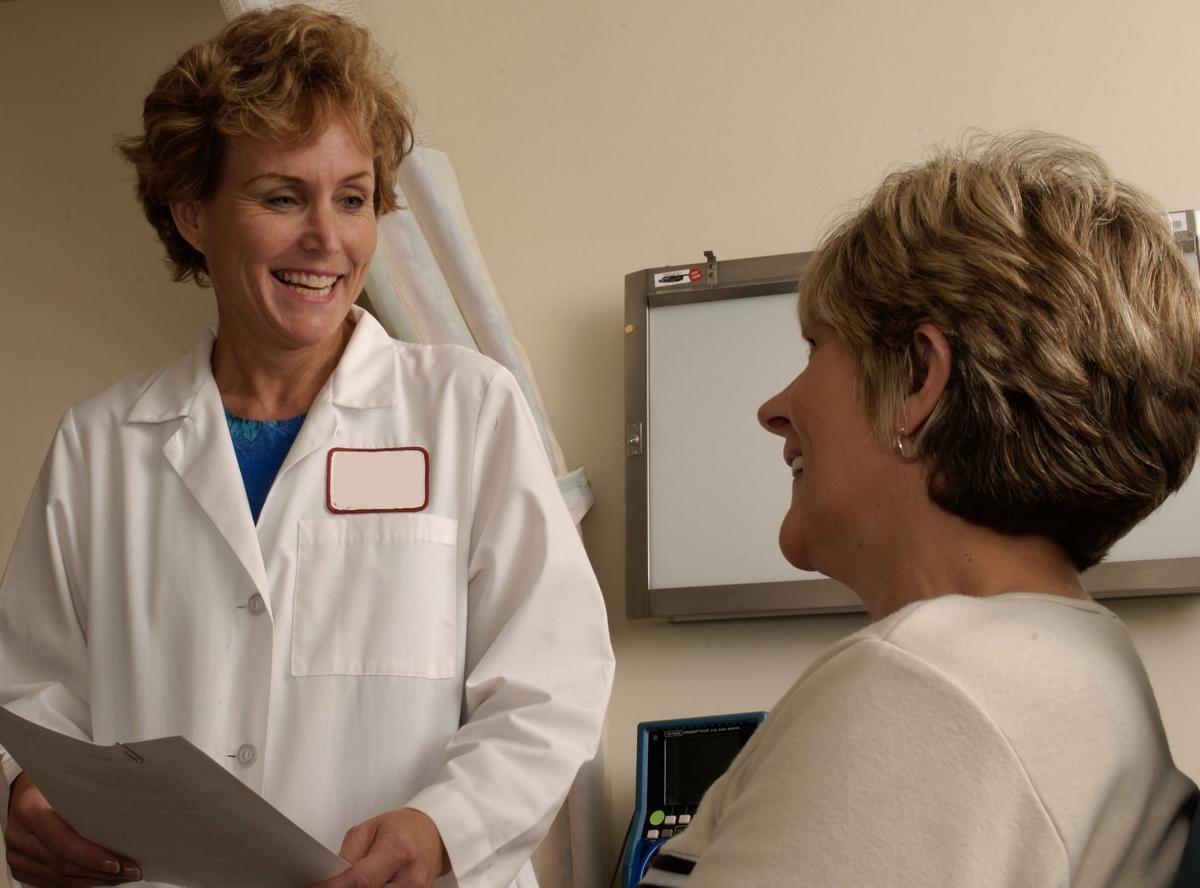
Although a mammogram is a screening test that can saves lives, it can also cause harms. Professor of health care policy and medicine Nancy Keating, MD, MPH, and Lydia Pace, MD, MPH, of Brigham and Women’s Hospital, discuss making decisions about mammograms in JAMA.
In 2009, the United States Preventative Services Task Force (USPSTF) recommended that women aged 50-74 should receive biennial mammograms. If patients would like to start screening before the age of 50, they should consider the benefits and harms.
Some risks of mammograms are false positives and unnecessary biopsies, but the largest harm of mammograms is overdiagnosis—when a cancer is diagnosed that never would have become clinically evident in the absence of screening. “19% of women diagnosed with breast cancer as a result of screening may be overdiagnosed,” say Keating and Pace.
Keating and Pace recommend that women understand their individual risk of breast cancer, consider the benefits and harms based on their preferences, and speak with their physician about when to start and how often to undergo mammogram screening.
This video summarizes benefits and harms of screening and discussed the importance of incorporating patients’ risk of breast cancer and values and preferences into the decision.